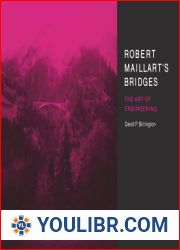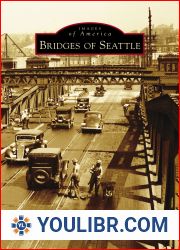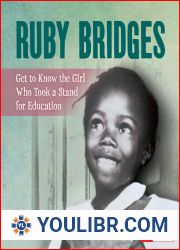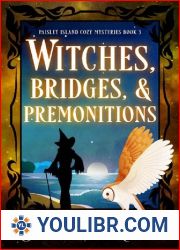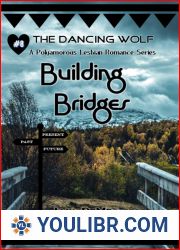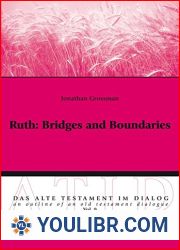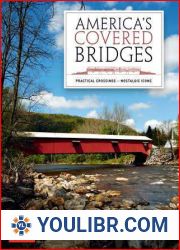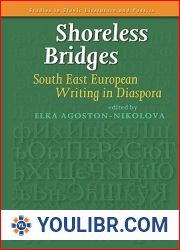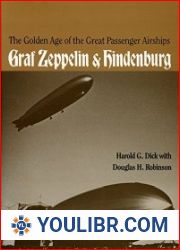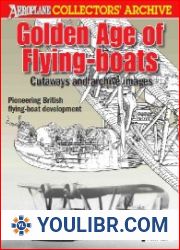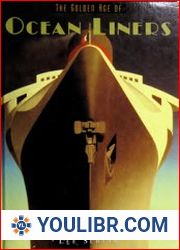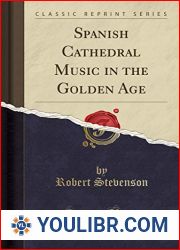
BOOKS - CULTURE AND ARTS - New York's Golden Age of Bridges


US $8.83

390672

390672
New York's Golden Age of Bridges
Author: Antonio Masi, Joan Marans Dim
Year: 2012
Number of pages: 132
Format: PDF
File size: 12 MB
Language: ENG
Year: 2012
Number of pages: 132
Format: PDF
File size: 12 MB
Language: ENG
In New York's Golden Age of Bridges, artist Antonio Masi teams up with writer and New York City historian Joan Marans Dim to offer a multidimensional exploration of New York City's nine major bridges, their artistic and cultural underpinnings, and their impact worldwide. The tale of New York City's bridges begins in 1883, when the Brooklyn Bridge rose majestically over the East River, signaling the start of America's "Golden Age" of bridge building. The Williamsburg followed in 1903, the Queensboro (renamed the Ed Koch Queensboro Bridge) and the Manhattan in 1909, the George Washington in 1931, the Triborough (renamed the Robert F. Kennedy Bridge) in 1936, the Bronx-Whitestone in 1939, the Throgs Neck in 1961, and the Verrazano-Narrows in 1964. Each of these classic bridges has its own story, and the book's paintings show the majesty and artistry, while the essays fill in the fascinating details of its social, cultural, economic, political, and environmental history. America's great bridges, built almost entirely by immigrant engineers, architects, and laborers, have come to symbolize not only labor and ingenuity but also bravery and sacrifice. The building of each bridge took a human toll. The Brooklyn Bridge's designer and chief engineer, John A. Roebling, himself died in the service of bridge building. But beyond those stories is another narrative–one that encompasses the dreams and ambitions of a city, and eventually a nation.












